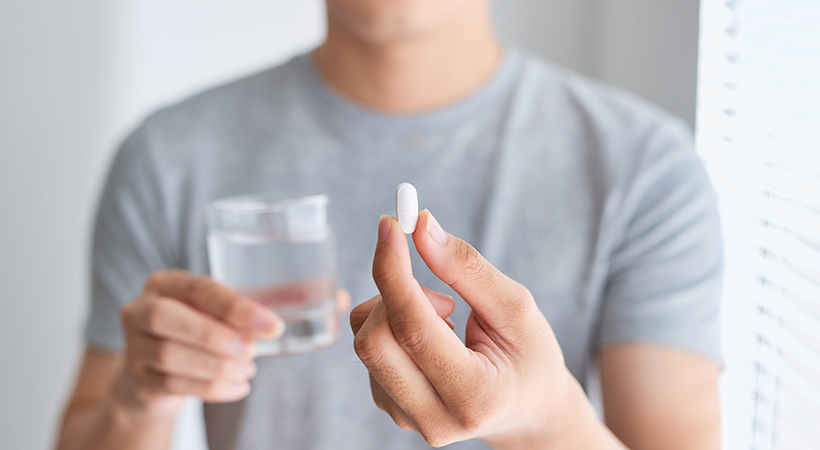So, you’ve been enjoying D’s but don’t know the difference between your P’s. That’s okay! Your sexual health is important, though, so let’s brush up on what PrEP and PEP are and how you can use them to protect yourself from HIV.
What’s the difference between PrEP vs PEP?
The main difference is that P-r-E-P protects someone from HIV BEFORE having sex, while P-E-P is used AFTER sex to stop HIV transmission. PrEP is for people planning to have sex, providing protection beforehand, while PEP is for people who may have already been exposed to HIV without protection, offering them a chance to remain HIV-negative.
What is PrEP?
PrEP stands for Pre-Exposure Prophylaxis. It’s a preventative HIV measure that protects you BEFORE you have sex. It’s a pill that combines two anti-HIV medications, which provides highly effective protection from HIV. However, PrEP does not protect against any other STIs, so if you are worried about STIs, you may want to consider using condoms or dams when having sex.
What is PEP?
PEP stands for Post-Exposure Prophylaxis. It’s a 28-day course of medication you can take to stop you from getting HIV AFTER you think you’ve been exposed. It works by preventing HIV from establishing an infection in the first few days after the virus enters the body.
PEP is an emergency measure and isn’t intended as a strategy to use regularly. PEP does not protect against other STIs.

Where to get PrEP?
You will need a prescription from a doctor or sexual health service to get PrEP. If you don’t have Medicare, you can import PrEP from an online pharmacy.
You can get PrEP near you by clicking on your state or territory:
For information about how to use PrEP, visit our Knowledge Hub.
Where to get PEP?
You can get PEP at hospital emergency departments, sexual health services or with some doctors.
To find out where you can get PEP near you, click on your state or territory:
For information about how to use PEP, visit our Knowledge Hub.
The bottom (or top) line is…
P-r-E-P is taken BEFORE you have sex, while P-E-P is taken AFTER you think you’ve been exposed.
Your best prevention strategy against getting HIV is the one you can use consistently and correctly. Discover the different ways you can prevent HIV: Using four great options to prevent HIV: a combination for success.